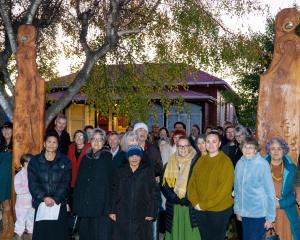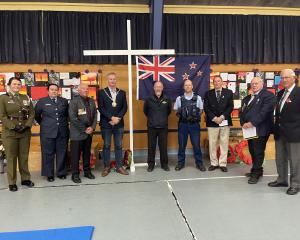The importance of planning and having strategies to cope during dry periods was stressed during a meeting at Five Forks yesterday called to discuss the effects of drought.
About 20 people attended the meeting, which followed similar gatherings in Ranfurly last month and Cattle Creek, in the Hakataramea Valley, last week.
Accountant Gordon Scott, from WHK, urged farmers to keep in contact with their accountant, lawyer, farm adviser and banker, while Richard Strowger said it was important to work out how much feed they had and where it was going to go.
David Linton, from CRT, had looked at 95 years of rainfall records in North Otago and there were nine years in which there had been under 400mm.
In the 11 months to date, 284mm had fallen at Awamoa.
Supplies of grain were going down, with much moved into Central Otago, and sheep nuts were selling particularly quickly, while crops of kale and rape were looking "pretty poor".
Springtime was going to be the most critical, with lambing and calving, and recovery until then was going to be fairly limited, Mr Linton said.
The best option from now was to choose a cereal-type green feed to try to have something green when ewes were lambing or cows calving, he said.
Five Forks farmer David Ruddenklau said North Otago was a dry area and it was inevitable farmers would face a feed shortage at some point.
It was important to have strategies in place so that each week that it did not rain, the next decision "falls into place and you get on with it", he said.
While North Otago was not as bad as Central Otago or the Hakataramea Valley, it had been a tough year, North Otago Federated Farmers president Ross Ewing said.
He spoke of the good relationship between neighbours in North Otago - "because we need each other" - while Dave Mellish, the Otago Adverse Support Trust's North Otago co-ordinator, said strong communities coped well with adverse events.












